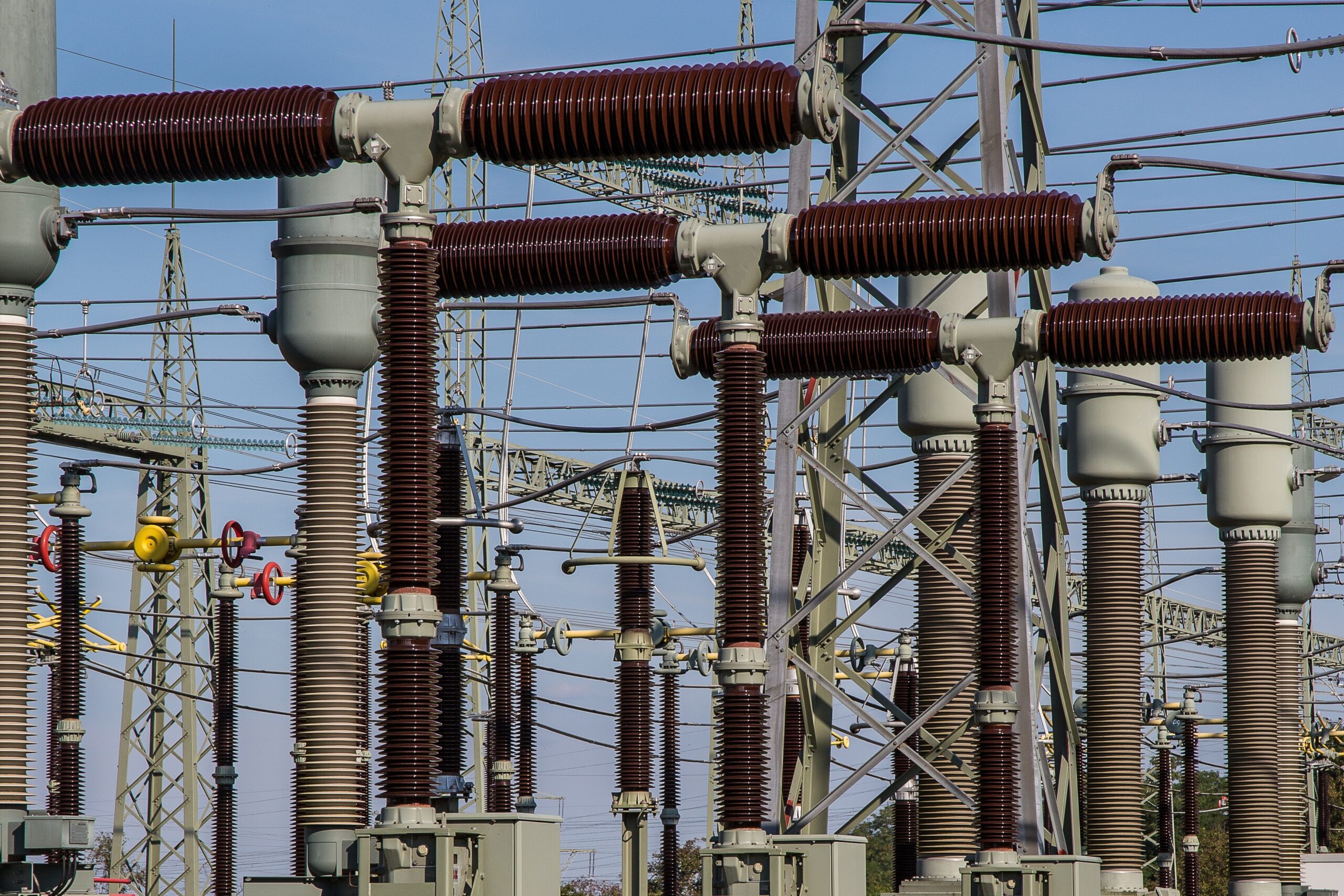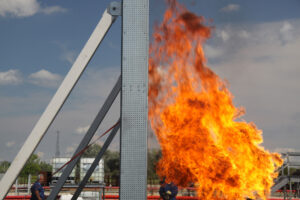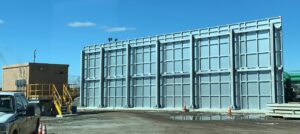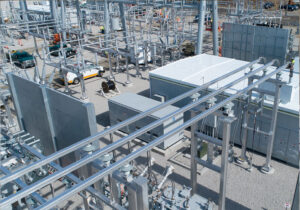In the world of electrical engineering, transformers play a crucial role in ensuring the efficient distribution of electricity. While these devices may seem small in comparison to the broader electric grid, their failure can have catastrophic consequences. One of the most significant risks transformers face is the threat of fire, which can endanger human lives and critical infrastructure. Fortunately, fire safety systems have been developed to protect transformers from this danger. One such system is a transformer fire wall, a specially designed barrier that helps contain and isolate a fire in the event of a transformer failure. This guide provides you with all the essential knowledge and information that you need to ensure that your transformers are adequately protected.
Understanding Transformer Fire Risks
Transformers can catch fire for numerous reasons, ranging from human error to natural disasters. Electrical faults, overheating, and oil leaks can all contribute to the risk of a fire starting. External factors such as wildfires can cause a transformer to ignite with catastrophic results. The resulting fires can release toxic gases, which pose a serious health threat to people in the surrounding area.
Furthermore, explosions can occur, leading to property damage and injury. It’s essential that individuals understand the risks involved with transformer fires and take steps to prevent them. Regular maintenance and having proper fire safety systems in place can all help reduce the risk.
Temperature Monitoring
By utilizing modern temperature monitoring devices and thermal imaging cameras, operators can continuously monitor the operating temperature of the transformer. These monitoring systems can quickly detect sudden temperature spikes, which can indicate a problem that may lead to a catastrophic fire. By ensuring that the transformer is operating at the correct temperature, the risk of fire is greatly reduced. Furthermore, these monitoring systems can be safely operated from remote locations, adding an extra layer of safety for operators.
Automatic Shutdown Systems
These systems are designed to disconnect the power supply to the transformer whenever an abnormal temperature rises, or a fire outbreak occurs. The prompt detection and immediate action of the automatic shutdown system minimize the damage caused by a transformer fire, thereby increasing the safety of the environment. This system operates based on sophisticated algorithms that can detect spikes in temperature and other related parameters to trigger the shutdown process.
While implementing an automatic system may seem like an additional cost, its benefits far outweigh the cost. It helps prevent the loss of lives, property, and significant revenue due to unexpected fires.
Transformer Fire Barriers
Transformer fire barrier systems are essential to ensuring safety. These installations are essential to ensure that if a transformer catches fire or explodes, the fire or blast does not spread to sensitive equipment, buildings, other transformers, or people.
There are other systems like sprinklers or foams that are used, but regulations are quickly changing. These systems also cannot be used near waterways where toxic runoff can pollute the water supply and are simply banned in several states.
Transformer Oil Protection
Since transformer oil is highly flammable, even a small leak can trigger a disastrous fire that could cause extensive damage to properties and people. Hence, containing oil spills using specialized oil containment systems and fire barriers is crucial. These systems act as a shield against the spread of oil and heat, preventing ignition from exposure to any potential sources of fire.
Furthermore, these systems offer an additional layer of protection by automatically alerting relevant personnel of potential oil leaks, allowing them to act promptly to contain and minimize any risks to safety and operations.
Remote Monitoring and Alarming
This innovative technology enables real-time detection of critical faults or fire outbreaks, allowing operators and emergency responders to act promptly and prevent potential disasters. By leveraging advanced sensors, monitoring devices, and communication channels, the system provides round-the-clock surveillance of transformers, ensuring their optimal and safe performance.
Moreover, this technology allows for preemptive maintenance and repair activities, minimizing downtime and reducing the risk of equipment failure. With the ability to deliver rapid and reliable notifications to key personnel, remote monitoring and alarming provide the ultimate peace of mind in safeguarding transformer systems against potential hazards.
Access Control
This critical component restricts access to authorized personnel, reducing the risk of tampering with the equipment. Intruders could easily sabotage transformers, leading to dangerous and potentially catastrophic consequences such as fires, electrocution, or explosions. The implementation of robust access control systems enables organizations to mitigate risks, enhancing their safety profile and protecting their valuable assets.
Access control systems provide regulatory compliance safeguards, ensuring they meet strict legal requirements. They are customizable, scalable, and can be integrated with other security features, including surveillance cameras, alarms, and biometric sensors. An effective access control system must have extensive testing, high-quality components, and robust security protocols to safeguard against hacking and other vulnerabilities.
Regular Maintenance and Inspections
Regular maintenance and inspections are essential for ensuring the continued functionality of fire safety systems for electrical transformers. By conducting routine maintenance on transformers and their associated fire safety systems, potential issues can be identified and addressed promptly before they escalate into more significant problems. This approach improves both the safety and reliability of the systems, reducing short- and long-term risks.
An effective maintenance and inspection schedule should encompass all critical components, including wiring, transformers, and associated devices such as fire suppression systems. In addition to improving safety, regular maintenance and inspections can also help ensure regulatory compliance, extending equipment life and protecting assets against damage.
Training and Education
Effective and safe use of these systems relies on the competency of personnel who operate them. Therefore, training should be conducted in a comprehensive manner, covering all aspects of the system, including maintenance and operation procedures. Education should also include the identification of risk factors associated with transformers, highlighting the importance of fire prevention methods and measures. Understanding the consequences of transformer fires should be a critical part of training, ensuring that employees appreciate the grave consequences a fire could have on the safety and well-being of others. With proper training and education, employees can confidently identify and respond to incidents, increasing workplace safety.
In today’s fast-paced world, electricity is the lifeblood of every industry and essential for our day-to-day lives. However, many people don’t realize the potential danger of electrical transformers and the catastrophic damage they can cause in the event of a fire.
Sinisi provides critical insights into protecting transformers with enhanced fire barriers. With over 30 years of experience, Sinisi offers world-class solutions tailored to each client’s unique needs. By prioritizing safety, Sinisi ensures that businesses and organizations can operate with peace of mind, knowing that their critical equipment and infrastructure are always protected. Visit Sinisi at https://firebarrierexperts.com/transformer-barriers-ii/ for more information.
Name, Address and Phone
Sinisi Solutions, 75 Main St, Manasquan, NJ 08736, 732-232-2100




